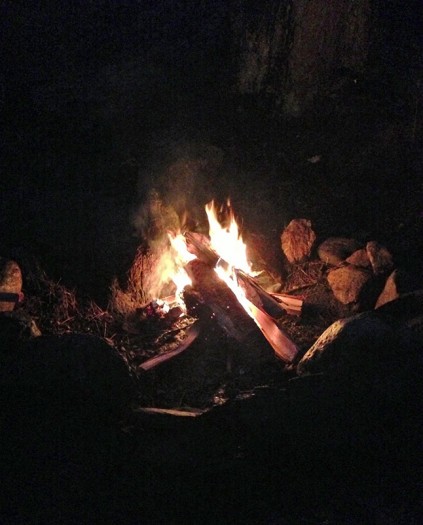History
Firewood Facts
New England boasts three of the top five most forested states in the nation. Maine heads the list with 90 percent of its land area forested. New Hampshire ranks second with 86 percent forest cover, and Vermont comes in fourth, with 78 percent forest cover. A cord of wood is a stack of logs 4 […]
 New England boasts three of the top five most forested states in the nation. Maine heads the list with 90 percent of its land area forested. New Hampshire ranks second with 86 percent forest cover, and Vermont comes in fourth, with 78 percent forest cover.
A cord of wood is a stack of logs 4 feet wide by 4 feet high by 8 feet long, or 128 cubic feet, including air space. Depending on how tightly the wood is stacked, a cord may contain between 77 and 96 cubic feet of wood.
Depending on the diameter of the logs, up to 50 trees must be harvested to produce one cord of wood.
Freshly cut, or “green,” wood contains up to 50 percent moisture. Before burning, the wood must be dried, or seasoned, to reduce the moisture content to 20 to 25 percent. This process may take six months to a year, with the denser hardwoods taking longer to dry.
Logs dry from the outside in, so larger logs should be split before stacking to shorten drying time.
Another reason to get splitting sooner: Wet wood is easier to split than dry wood.
To increase air circulation and hasten drying, logs should be stacked off the ground on pallets or planks in alternating crosswise layers.
The heat value of one cord of wood equals 200 to 250 gallons of fuel oil. Wood types with high heat value include: beech, apple, ironwood, oak, hickory, sugar maple, locust, white ash, and yellow birch.
Resinous softwoods, such as pine and fir, ignite quickly and burn hot, making them good for kindling. However, the high sap content may cause flammable creosote to build up in the chimney. Burning green wood will also cause creosote buildup.
To prevent creosote buildup and decrease the risk of a chimney fire, burn dry, well-seasoned hardwoods and maintain a flue temperature higher than 250 degrees Fahrenheit.
New England boasts three of the top five most forested states in the nation. Maine heads the list with 90 percent of its land area forested. New Hampshire ranks second with 86 percent forest cover, and Vermont comes in fourth, with 78 percent forest cover.
A cord of wood is a stack of logs 4 feet wide by 4 feet high by 8 feet long, or 128 cubic feet, including air space. Depending on how tightly the wood is stacked, a cord may contain between 77 and 96 cubic feet of wood.
Depending on the diameter of the logs, up to 50 trees must be harvested to produce one cord of wood.
Freshly cut, or “green,” wood contains up to 50 percent moisture. Before burning, the wood must be dried, or seasoned, to reduce the moisture content to 20 to 25 percent. This process may take six months to a year, with the denser hardwoods taking longer to dry.
Logs dry from the outside in, so larger logs should be split before stacking to shorten drying time.
Another reason to get splitting sooner: Wet wood is easier to split than dry wood.
To increase air circulation and hasten drying, logs should be stacked off the ground on pallets or planks in alternating crosswise layers.
The heat value of one cord of wood equals 200 to 250 gallons of fuel oil. Wood types with high heat value include: beech, apple, ironwood, oak, hickory, sugar maple, locust, white ash, and yellow birch.
Resinous softwoods, such as pine and fir, ignite quickly and burn hot, making them good for kindling. However, the high sap content may cause flammable creosote to build up in the chimney. Burning green wood will also cause creosote buildup.
To prevent creosote buildup and decrease the risk of a chimney fire, burn dry, well-seasoned hardwoods and maintain a flue temperature higher than 250 degrees Fahrenheit. 






